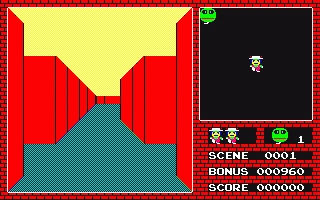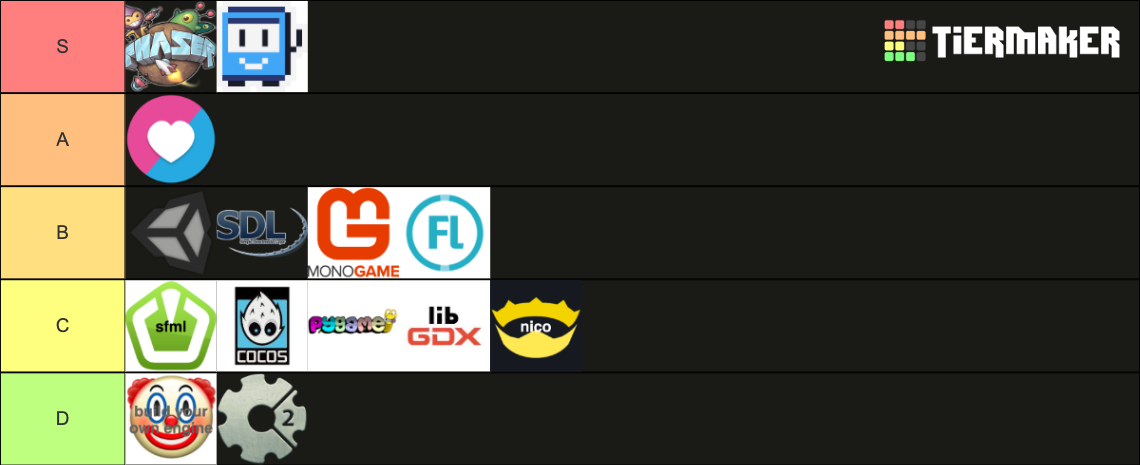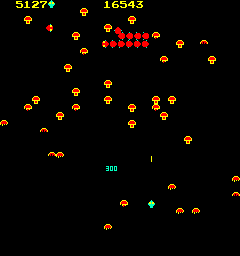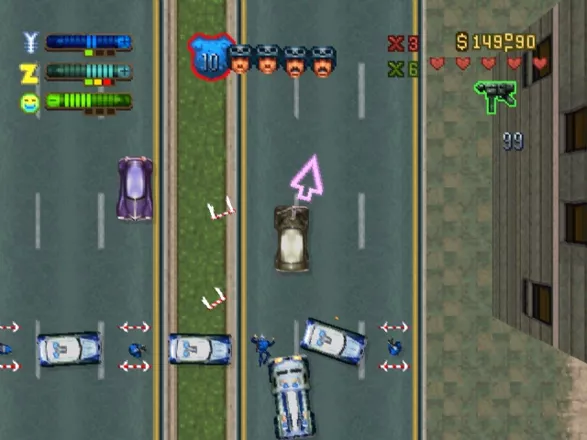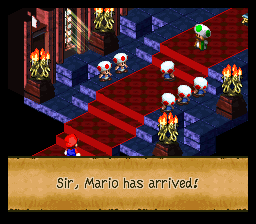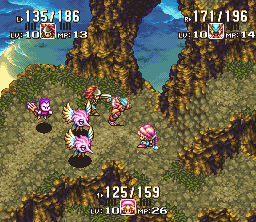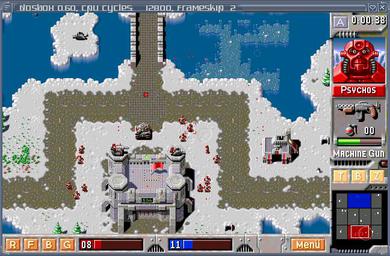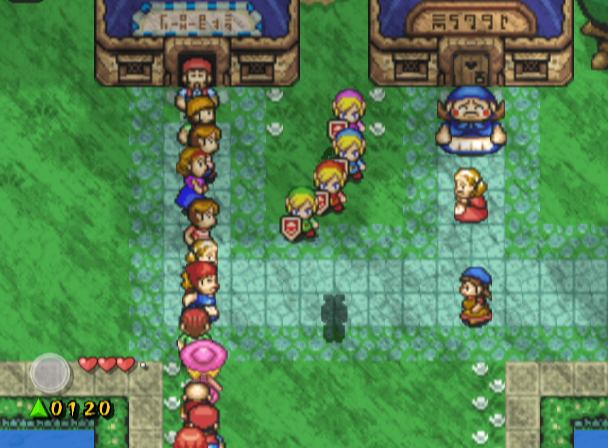Once upon a time I made a few 3D games, but these days I make exclusively 2D games. This includes both games that take place in a 2D space, and the artwork is made using 2D techniques. I believe it is easier to make a good 2D game than a 3D one, both in terms of playability and looking great.
While 3D definitely has its advantages - there’s nothing quite like the immersion of a first-person perspective, and 3D models can be infinitely oriented - overall I prefer 2D much more. Here are my reasons:
Easy to Understand
>
Hard to believe there was actually a 3-D Bomberman (right), released one year later
With the notable exception of VR, most games are played on a 2D screen, so it is natural to present games in a 2D plane. Humans have thousands of years of experience mapping things onto 2D surfaces; most maps are drawn on a flat surface (and it’s also why most maps of the world lie).
Read more